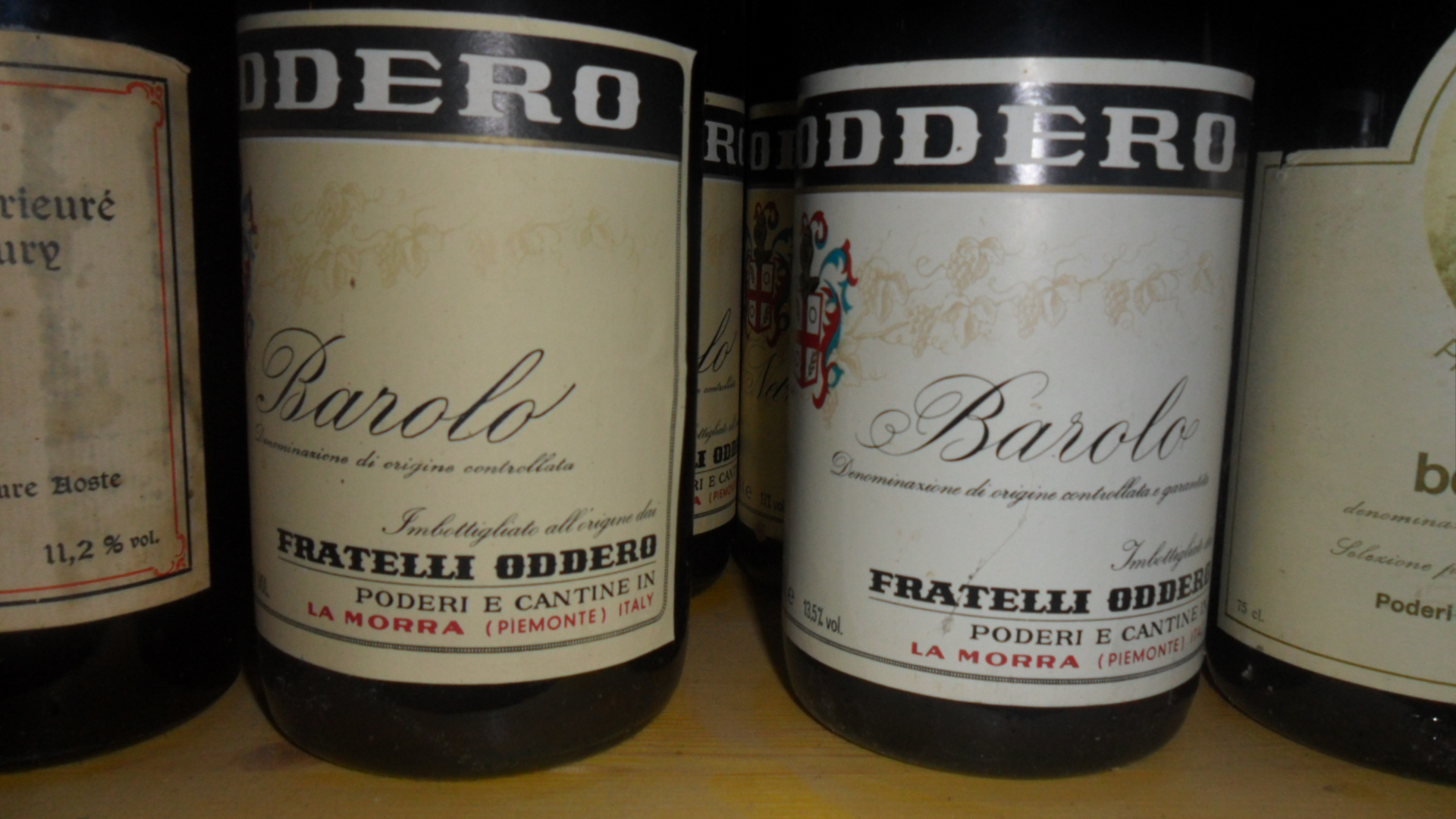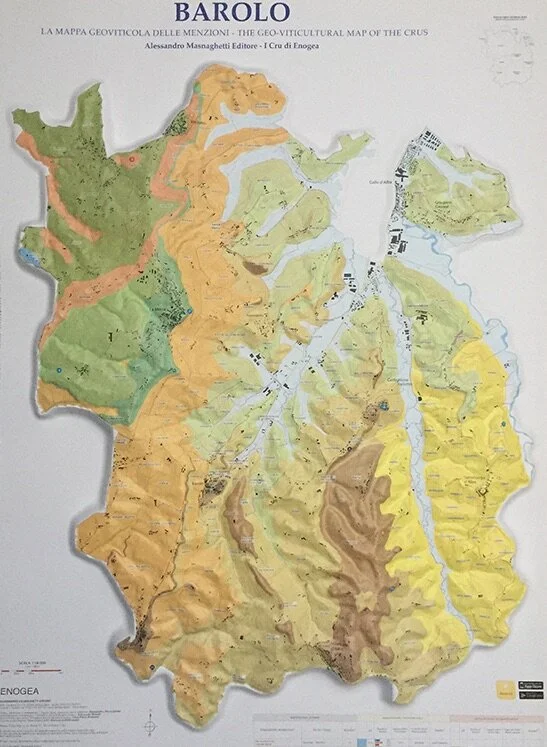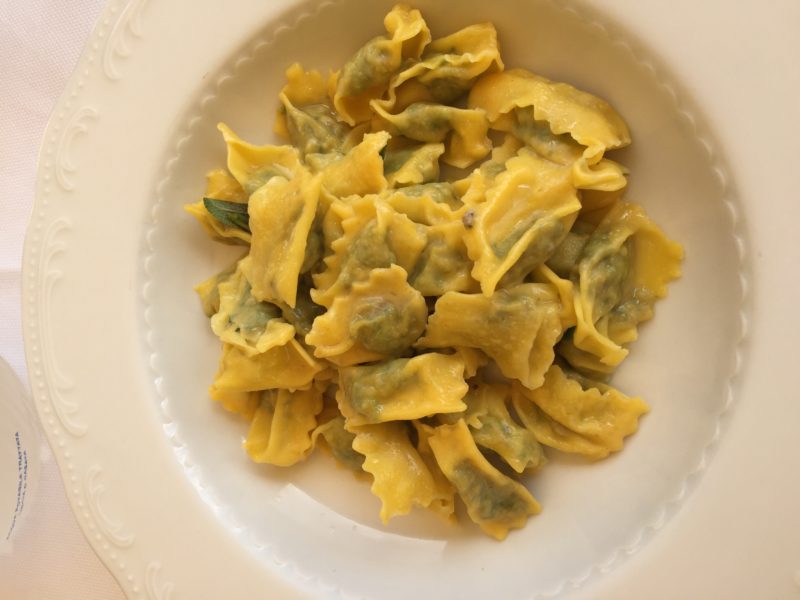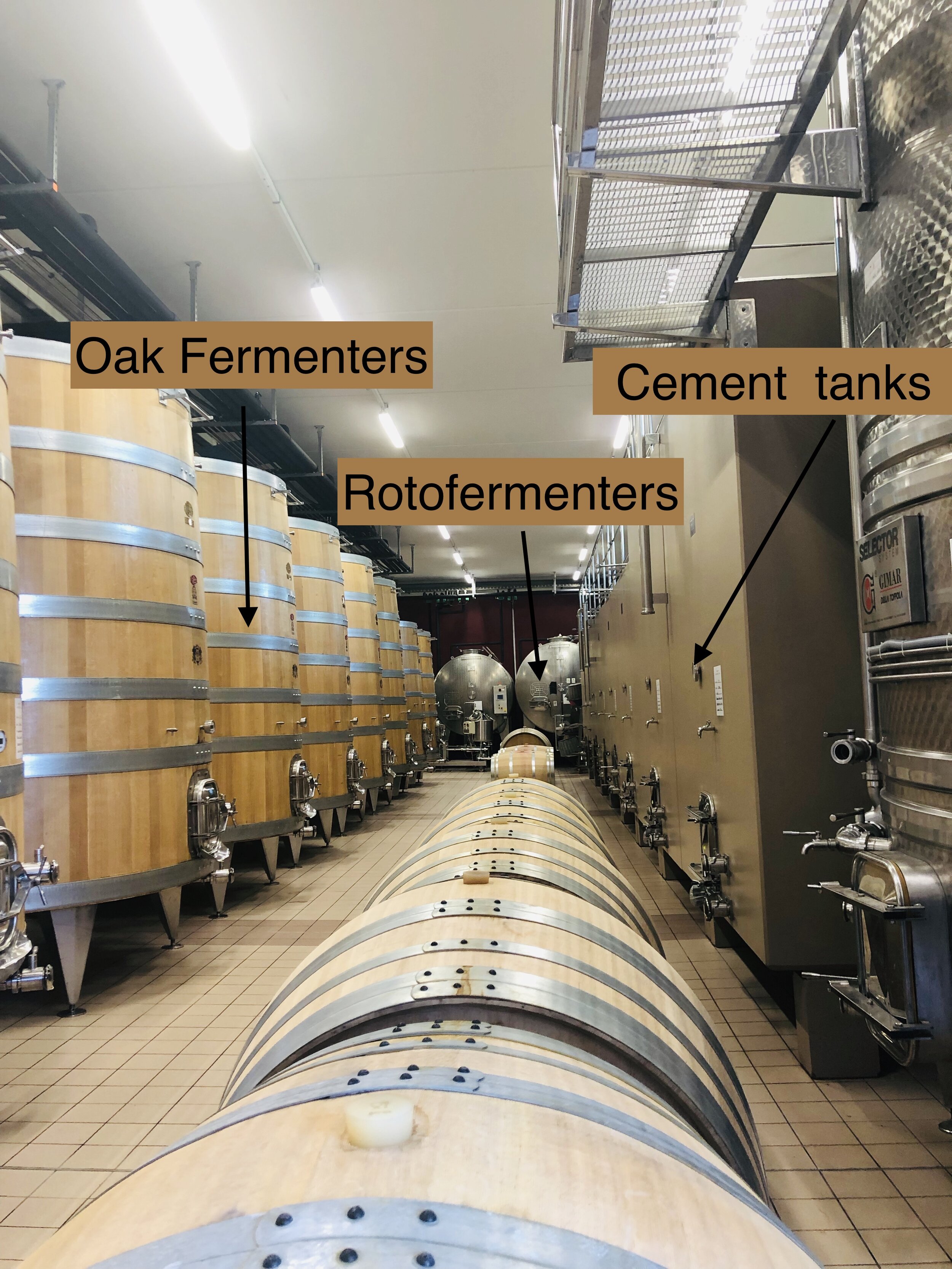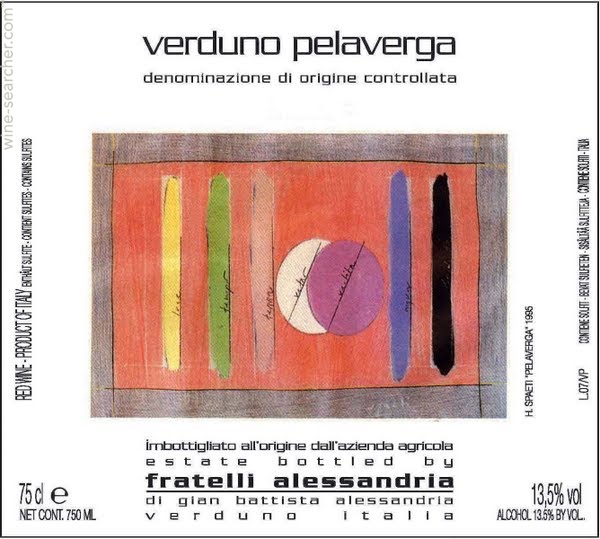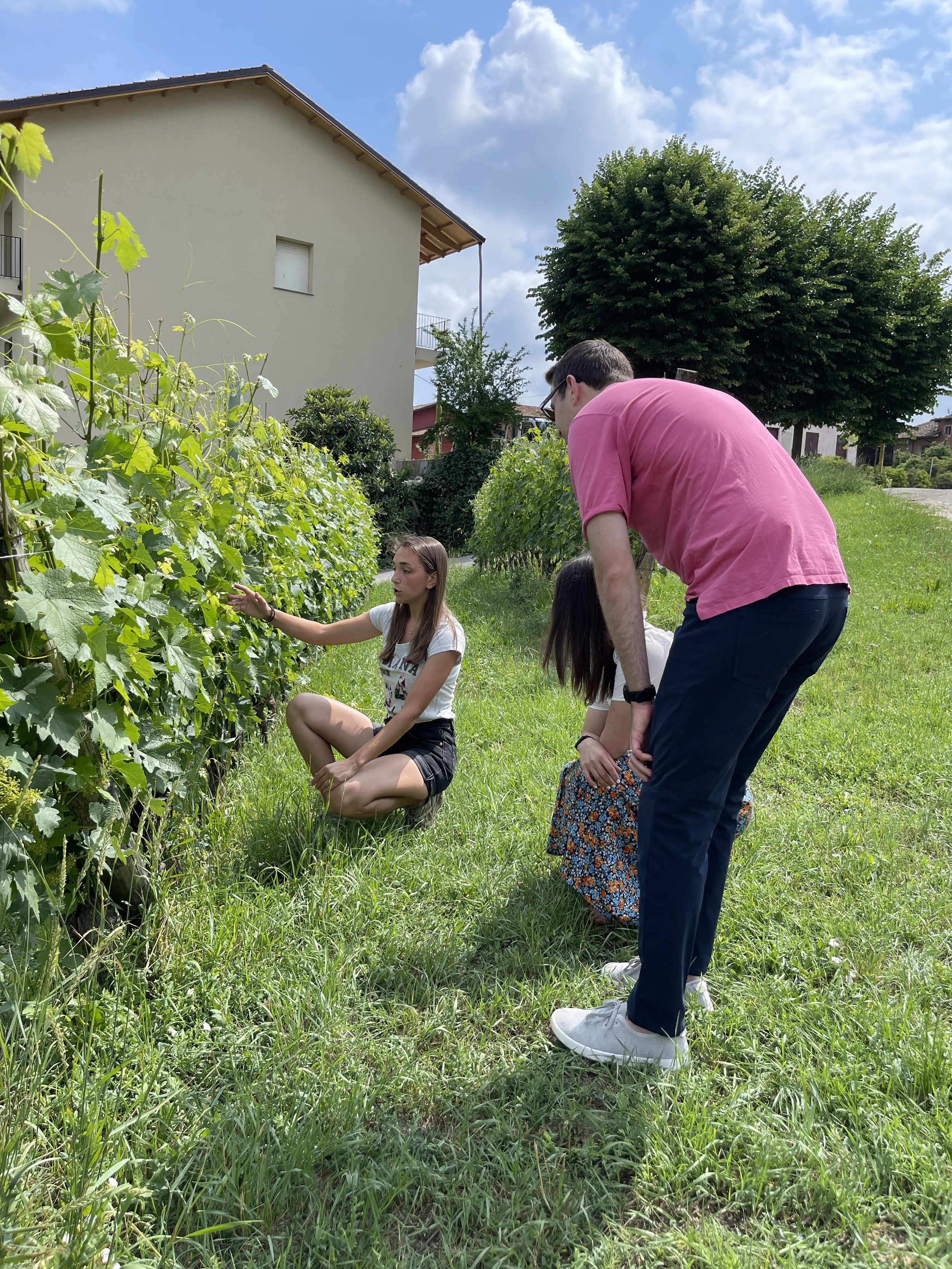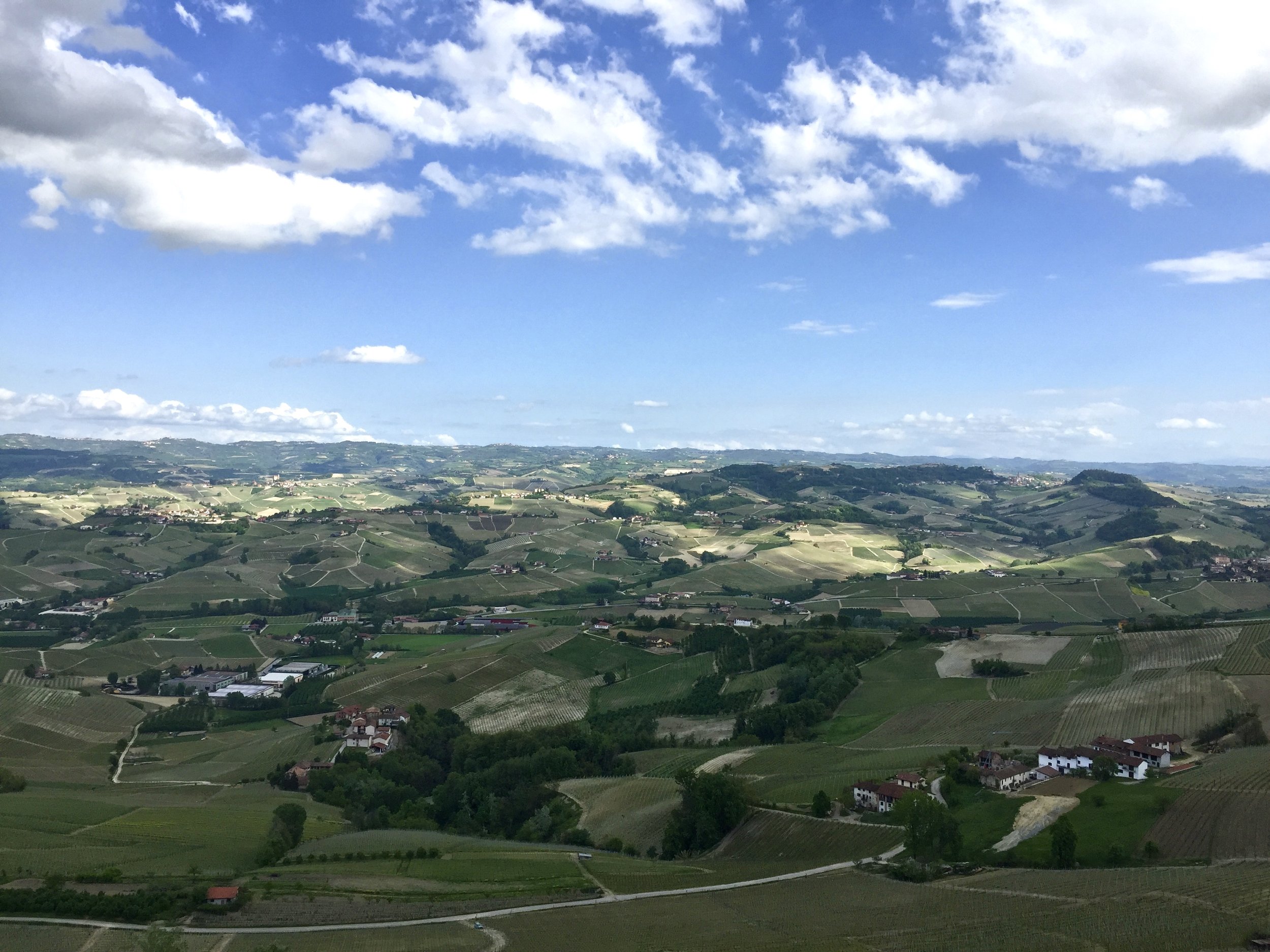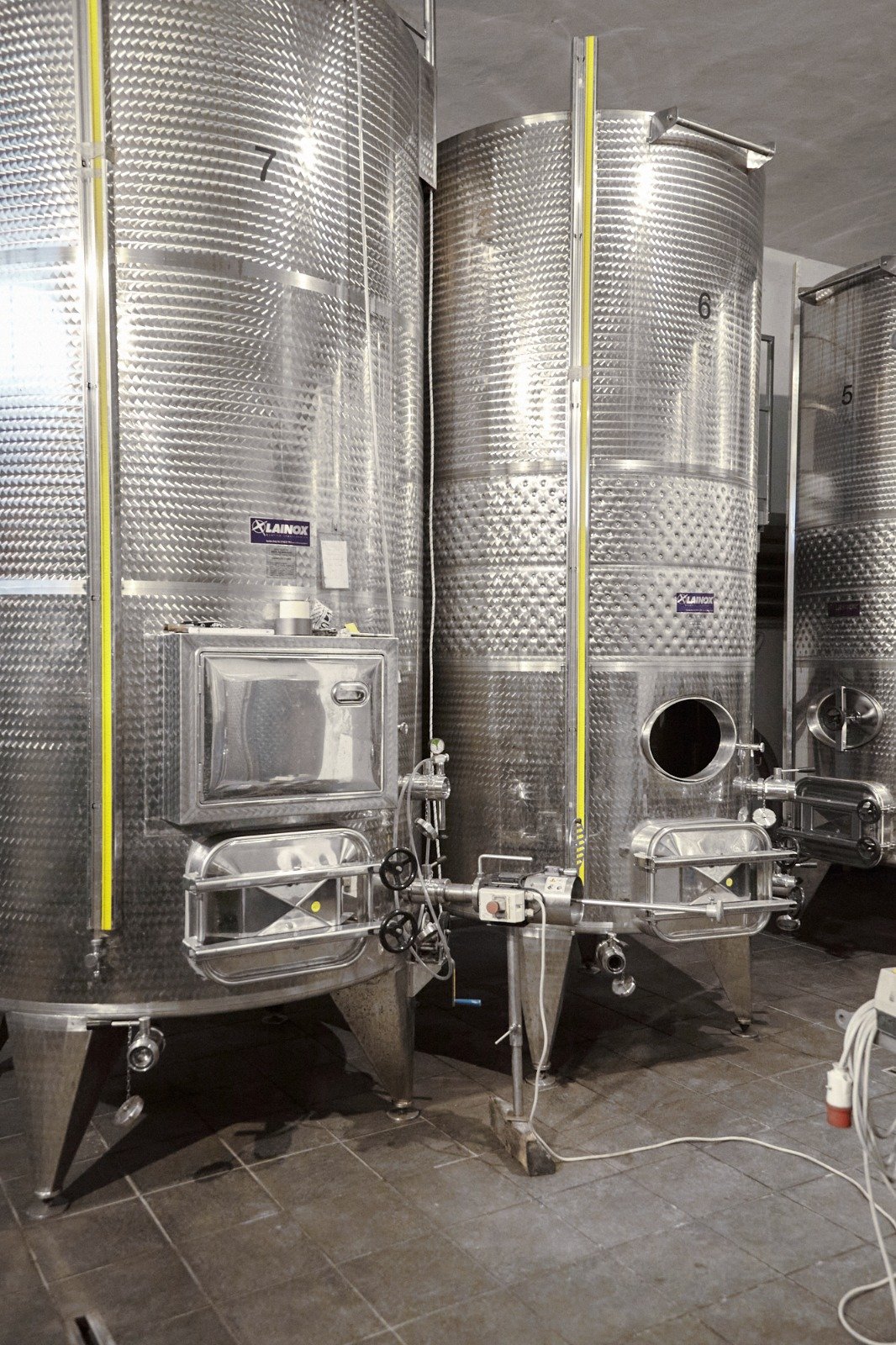Top 10 things to do in Barolo - where to sleep eat and drink
/by Amanda
The wine region Barolo is made up of eleven different villages, in which only three are entirely inside the Barolo boundaries.
La Morra:
Where to sleep: Corte Gondina https://www.cortegondina.it
This cozy bed and breakfast has really nailed down all the small details for one’s comforts. Located in the center of the historic village of La Morra you are walking distance to great restaurants and Enoteca’s.
Where to have a coffe and croissant: Mangè http://www.mange.it
This place opens early and will be bustling with the locals to grab their morning cup of Joe and a small sweet bite to eat. Freshly made cakes and pastries are a perfect breakfast treat.
Where to eat: Locanda Fontanazza http://www.locandafontanazza.it
Reservations weeks in advanced is a must, this restaurant has been open for years and is gaining popularity more and more every year. The food is traditional, flavorful, and amazing.
Winery visit: Elio Altare http://www.elioaltare.com
This winery visit needs a reservation, and is one of the harder ones to get into, but I wanted to place this on the list as Silvia not only is doing an amazing job filling her fathers shoes but the family story about how a group of youngsters changed the Langhe forever is a very important piece of history that needs to be told.
Because there are too many wonderful wineries in La Morra I could not pick just one: Oddero http://www.oddero.it/index.php/it/
Five generations making amazing world class wines. Their story and the tradition that they have captured within their winery visit is a must, and they have some of the biggest barrels I have ever seen. Make the splurge and ask to do their Barolo tasting where you can see side by side several different vineyards coming from different villages in Barolo.
2. Barolo
Where to sleep: Easy Così http://www.easycosi.it
This charming, small boutique bed and breakfast is located in the heart of the small village of Barolo.
Where to eat: Petti’t Bistrot Website here
The hippest place in the village! Veronica has a great selection of Vermouth and small local producers of wine. Her menu is fun traditional and exciting. A must try.
Where to eat: Il Buon Padre http://www.buon-padre.com
A family owned and operated winery + restaurant the must try are the hand cut Tajarin with ragù or butter and white truffle when in season
Winery visit: Bric Cencurio https://www.barolodibarolo.com/it/produttori/33-bric-cenciurio.html
This small family owned and operated winery is conveniently located in the center of the Barolo village. A very accommodating family, with just a quick email and you will be welcomed in like family.
3. Serralunga d’Alba / Sinio
Where to sleep: One of my favorite romanic luxury hotels in the area, is in a castle in the neighboring town to Serralunga d’Alba, called Sinio. Castello di Sinio a small Luxury hotel comes equipped with the best hospitality in the area, a restaurant with an amazing wine list and a pool! https://www.hotelcastellodisinio.com/en/
Where to eat: Osteria Tre Case http://osteriatrecase.it/index.php/en/
Two young and passionate entrepreneurs in love with food, wine, and, traditions of the Langhe.
Winery visit: Massolino http://www.massolino.it
A very historic and traditional cellar, going back over 100 years of history. This winery in particular gives a very good and educational visit about the land, its territory, the history, and the wine making process. The wines are good too.
4. Castiglione Falletto
Where to eat and drink!: Cantina Comunale Produttori di Castiglione Falletto. Here you can start off with an in-depth Barolo tasting and finish with a wonderful typical lunch on one of the most beautiful patios in Barolo. http://www.cantinacastiglionefalletto.it/index.php/it/
Winery visit: Azelia http://www.azelia.it/it/
Another small and family run winery, who are taking their skills to the next level. The 5th generation Lorenzo is very accommodating and when he is not out traveling the world is very happy to welcome curious tasters in to talk about his wines.
5. Monforte d’Alba
Where to sleep: Hotel Villa Beccaris https://www.villabeccaris.com/?lang=en
This hotel is in probably the best spot of Barolo, on the top of the historic center of the village Monforte d’Alba you will have some of the most incredible views of the snow covered Alps and the rolling hills of the Langhe.
Where to eat: Trattoria della Posta http://www.trattoriadellaposta.it
This is probably one of the most written about restaurants in Monforte d’Alba and it merits its compliments. Very traditional cuisine done right.
Winery visit: Conterno Fantino http://www.conternofantino.it
This is hard to say but could be one of the most architecturally pleasing wineries I have been to. The views from the winery are amazing, and the visit very friendly and informative, if you have the change to be shown around by one of the family members or their wonderful tasting room assistant Claudio you are in very good hands.
6. Novello
Where to drink:Vineria La Nas-Cëtta https://www.facebook.com/vinerialanascetta/
A quaint little Vineria located right in the historic center of Novello, outside of the Castel walls. If you can grab a seat outside to enjoy the views of the rolling hills in Barolo and a view of the Elvio Cogno winery.
Where to eat: ANT https://www.antnovello.com/
If you are looking to wake up your tastebuds and also go a bit on the risky side, this is the place. There is no menu, the chef prepares hyper fresh seasonal dishes everyday, and you don’t know what you are eating until after the meal.
Winery visit: Elvio Cogno https://www.elviocogno.com/en/
This winery is a great visit, as one their Barolo wines are amazing, but also they have a very important history of bringing back an almost extinct grape Nascetta.
7. Verduno
Where to eat: Trattoria dai Becau in Verduno another one of the most beautiful villages in Barolo. Here are two brothers who own and operate this wonderful Trattoria, and are crazy for Pelavera (a native grape varietal to this area, and one of the only places it is grown). At this wonderful and classic Trattoria you are taken in like family, that it is really not to be missed. You will have a really great time here, trust me! http://www.bercau.it
Where to drink: Casa Ciabotto http://www.casaciabotto.it
In Verduno the king grape here is Pelaverga a wine with aphrodisiac powers. In the castle of Verduno the King of Savoy was known to take his mistresses to this town and entertain them with the wine of Pelaverga. If this theory really works, we will never know ;)
8. Diano d’Alba
Where to taste/drink:Cantina Comunale I Sorì di Diano d’Alba http://www.soridiano.it/en
Here you can enjoy a tasting or a glass or two of Barolo and Dolcetto di Diano. Located in a historic building with a beautiful outside area overlooking some of the Barolo vineyards.
9. Grinzane Cavour
Where to eat: La Tagliata Brasserie - http://latagliata.it
If you like steak, if you like things cooked over fire, THIS IS YOUR PLACE. Great for larger groups where you can taste all the different cuts of meat that are offered. Don’t expect to find any veggies on this menu it is all meat and maybe a potato.
10. Cherasco
Where to sleep: Hotel Somaschi Monastero di Cherasco https://www.monasterocherasco.it/it/homepage
Located in a historic Monastery where class and luxury come together. Located in the heart of the historic center you are walking distance to everything Cherasco has to offer.
Where to eat: Ristorante Da Francesco https://www.ristorantedafrancesco.com
If you are thinking to treat yourself head over to this one Michelin starred restaurant




